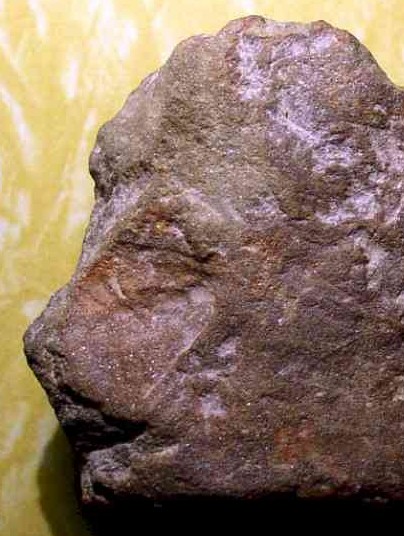Hi Doug...
Alan, are you sure you have that right? Most rock tools are made out of rock that existed in Britain before there were humans.
As Richard quoted, even giving this fellow's name (which I was reluctant to do), he did in fact say that the fact of a rock's deposition predating human presence precludes the possibility of human modification. And not just once but twice, when I questioned this - and he then pretty much told me I would have to be stupid not to hear the wisdom in what he was saying. He did not respond to my rebuttal.
And in the UK the amateur archaeologist holds a very respected place, with some fairly major digs run entirely by amateurs.
You're right of course, and to deny this long standing and admirable cooperation would be erroneous and most unfair. And it's great that this symbiotic relationship exists, considering that in many areas of the UK one can hardly poke a hole in the ground without encountering something left behind by people of the distant past - and I don't mean just the controversial material we've been talking about here.
The problem arises, understandably, when someone like Richard, his friend David King, and long-time investigator Simon Parkes propose that stones bearing simple although often not immediately recognizable imagery represent an unrecognized human presence and capacity for symbolic expression. It's just part of the human condition that, for the most part, we see only what we already know, and that the fact that we have been unaware of something else is the only proof we need that it does not exist. But with the efficient exchange of information enabled by the internet, some of us are identifying the similarities in what we are seeing, right down to the consistent and repeated arrangement of subcomponents. It's a reality that must and certainly will be dealt with eventually. Human agency in the material has, in some instances, already been professionally identified in Germany, and also over here, in the case of my own finds, although here in the face of some ferocious kicking and screaming. Since the UK is presumably part of the same planet, I would expect the artificiality of the material there to be recognized eventually. And there is nothing counterintuitive, metaphysical, or supernatural in any of this - just physical evidence of a lot of very early humans across the planet sharing a primal animistic/shamanistic perception of their place in the world.
With other commitments, I have not yet had time to continue addressing your quite pertinent question of how to get beyond subjectivity in the interpretation of the material being presented. Of course this must be in the context of the "scientific method" (provable/falsifiable hypotheses, etc.), and I have been thinking about this, trying to cope with my obvious inadequacy as a wordsmith. In the interim, take a look at
http://www.daysknob.com/Inuit.htm which I have belatedly updated to show some of the imagery from the Day's Knob site (Ohio) in direct comparison with recent Inuit/Yupik "transition" art, which derives from a culture of quite ancient origin and duration, and displays an iconography with components long recognized in the imagery of aboriginal inhabitants of the western hemisphere, and also visible in the ancient "art" of the "old world" if one takes the time to look.
Regards, Alan


